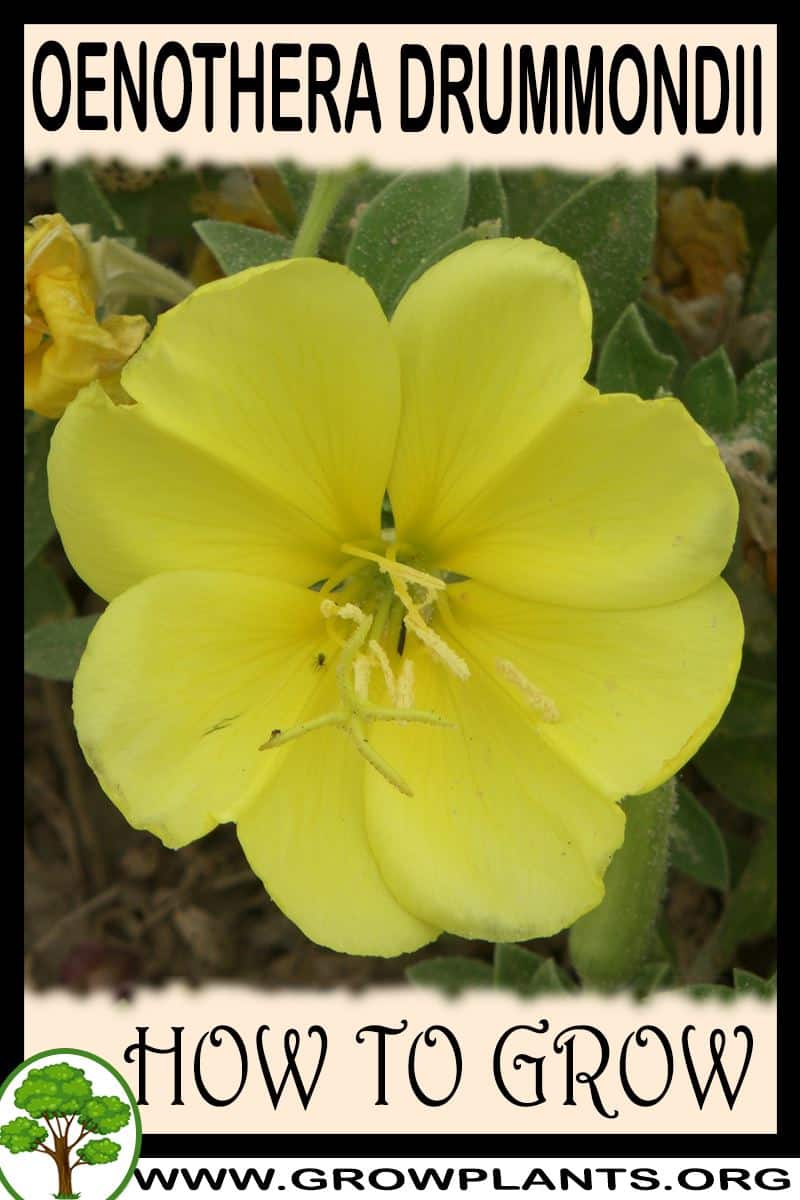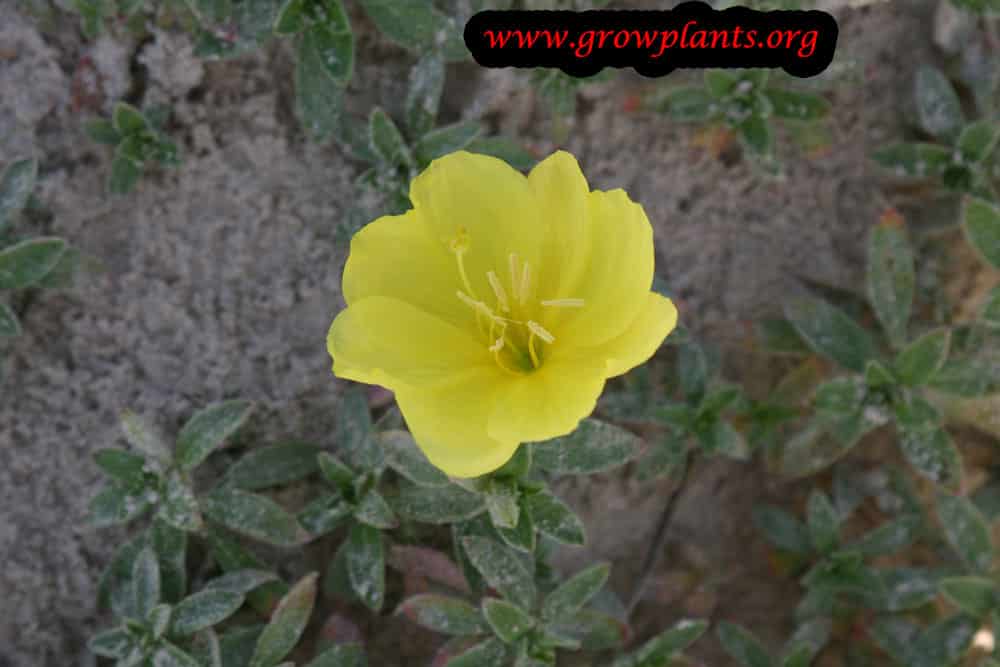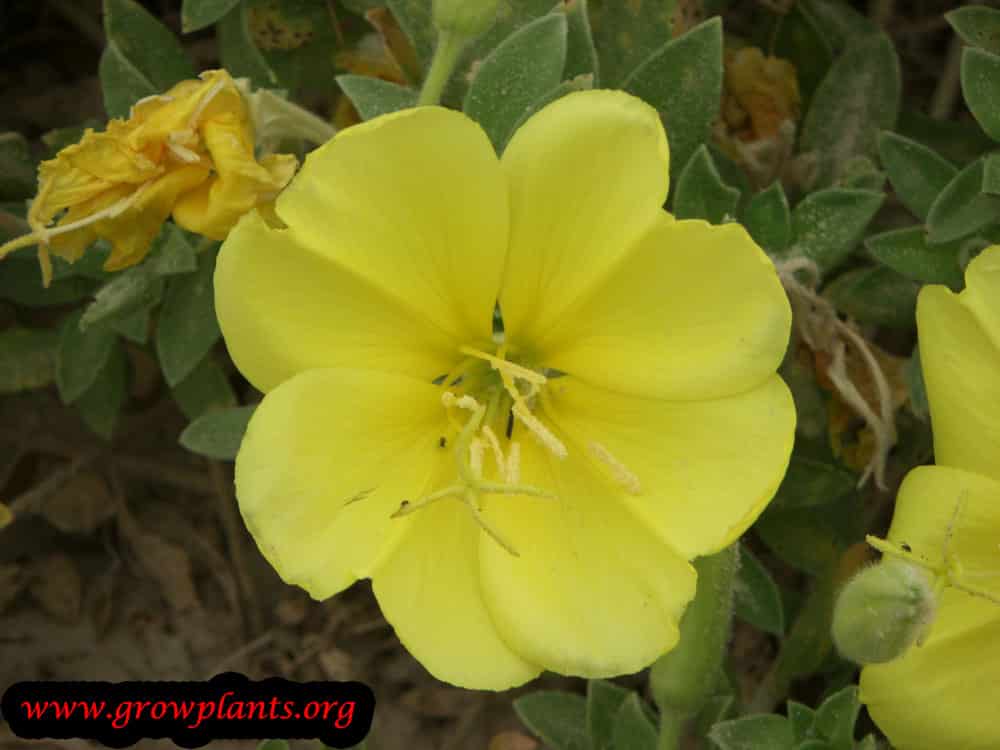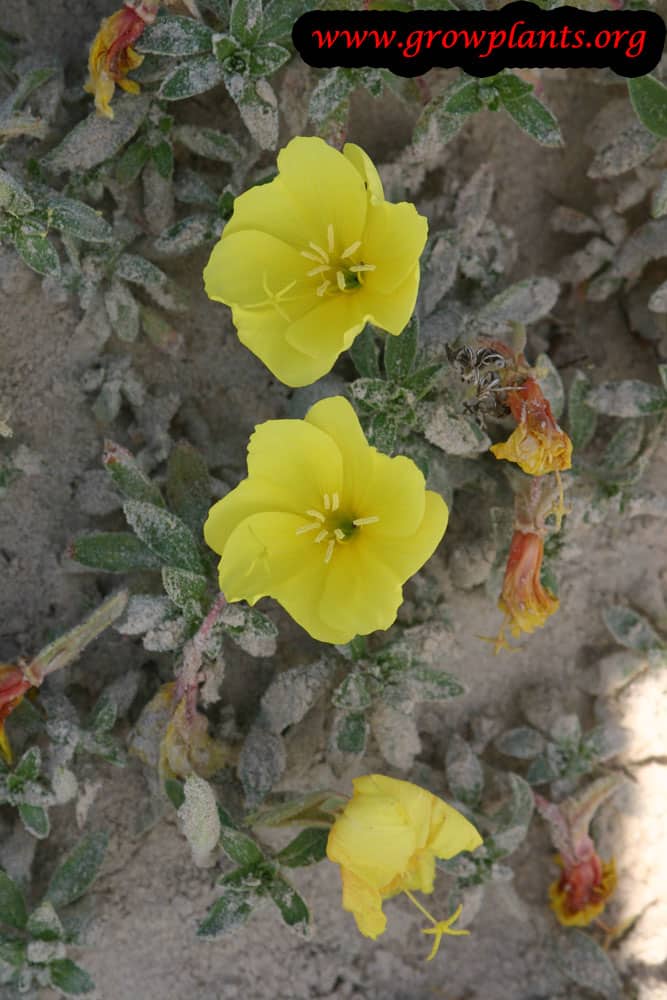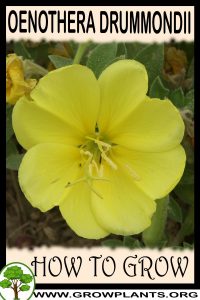
Oenothera drummondii grow and care – herbaceous of the genus Oenothera also known as Beach evening primrose, Oenothera drummondii perennial evergreen or deciduous plant and can grow as annual also used ornamental ground cover drought tolerant plant that can grow on the beach, can grow in temperate, mediterranean, desert or subtropical climate and growing in hardiness zone: 8-11 (as perennial) 3-8 (as annual).
Leaves edible in green color in shape elliptic.
Oenothera drummondii flower
Flower color yellow bright color four petals.
Oenothera drummondii for sale – Seeds or Plants to Buy
How to grow Oenothera drummondii growing and care:
Well drain soil, sandy soil
What is the best way to start growing?
Plant / Seedling / Seed
Is it necessary to graft or use vegetative reproduction?
No
Difficulties or problems when growing:
Aggressive, invasive
Recommended planting season?
Spring
Pests and diseases:
?
Pruning season:
Autumn / Winter
How to prune:
Just for design
Size of the plant?
30-100 cm, 1-3 feet
Growth speed in optimal condition:
Fast growing / Medium growing
Water requirement:
Small amount of water / Average amount of water
Light conditions in optimal condition for growing:
Full Sun / Half Shade / Full Shade (no flowers)
Is it possible to grow indoor as houseplant?
Yes
Growing is also possible in a planter /flowerpot / containers:
Yes
Blooming information
Bloom season:
Winter / Spring / Summer
General information about the flower
Yellow with four petals
Pollination is done by:
Bees, butterfly
Edible leaves
Leaves harvesting season:
Spring / Summer / Autumn
How to harvest the leaves?
Young leaves after the plants establish
Information about leaves:
Green leaves in shape elliptic
Uses of Oenothera drummondii leaves:
Salad, cooked
Scientific:
Oenothera drummondii
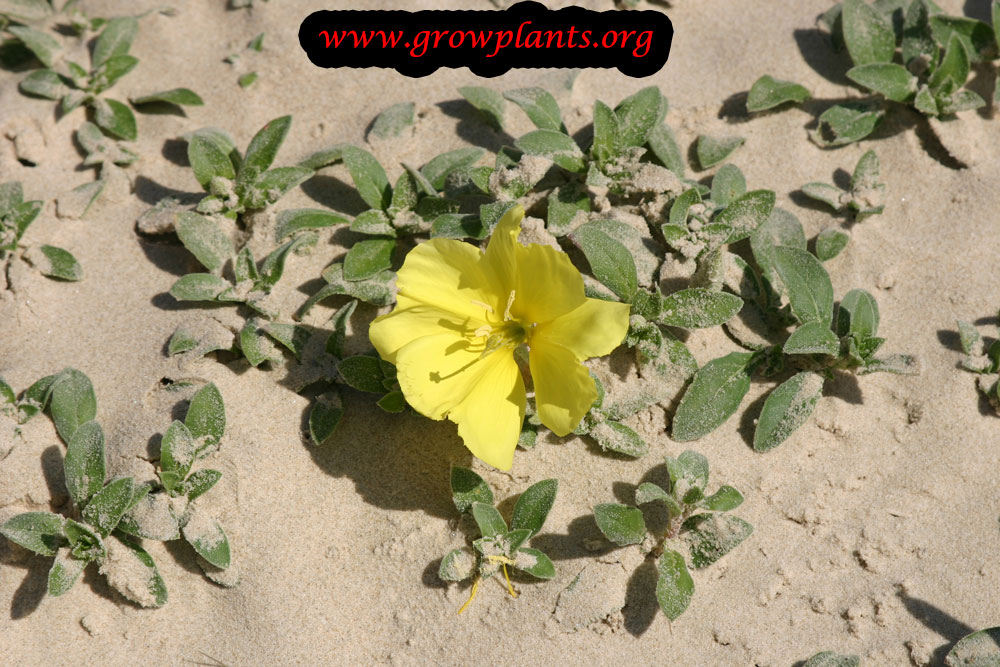
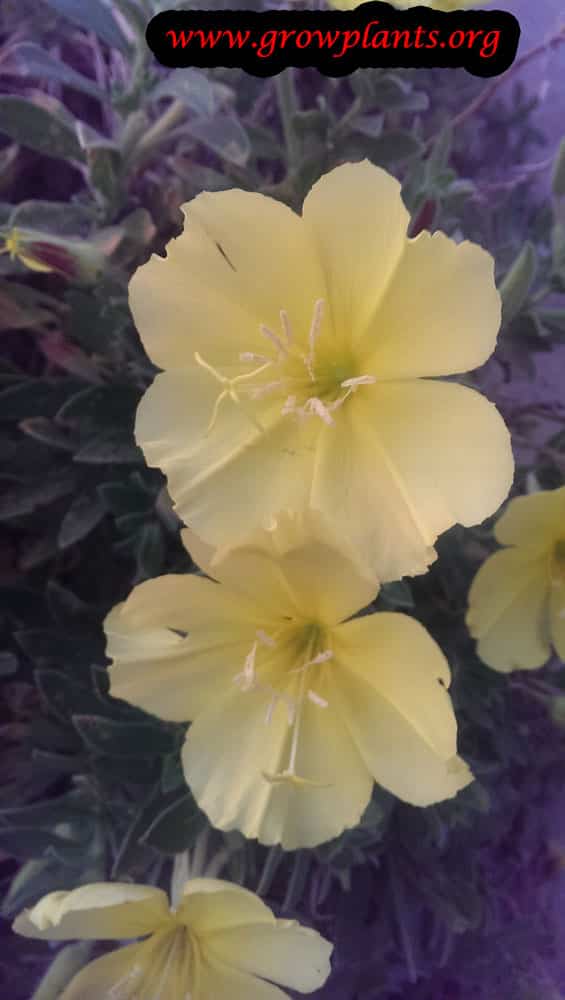
Categories
| Blooming Seasons |
|
|---|---|
| Edible Parts |
|
| Culinary uses |
|
| Flower colors |
|
| Climate |
|
| Harvest Season |
|
| Ornamental parts |
|
| Plant growing speed |
|
| Plant life-form |
|
| Plant Uses |
|
| Planting Season |
|
| Plants sun exposure |
|
| Watering plants |
|
| Hardiness zone |
|


